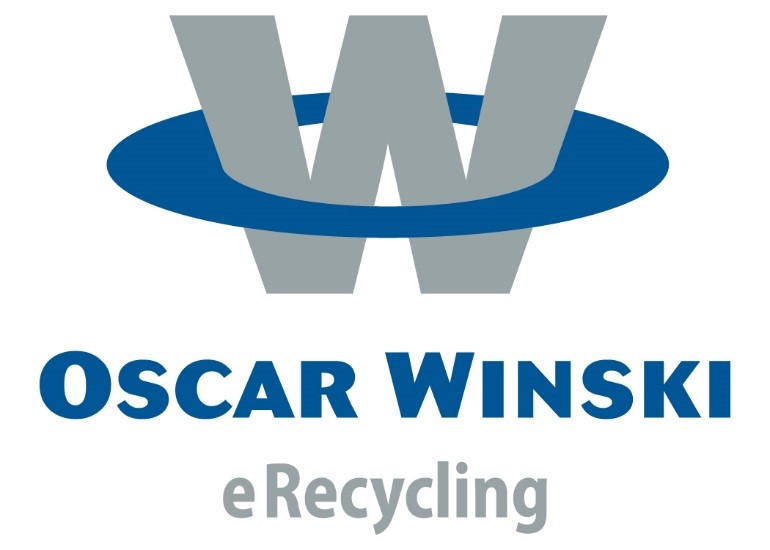Assessment of the End of Life Market of Lead Acid Batteries

Estimates suggest there are more than one billion motorized vehicles in use globally. Each of these vehicles contains a lead acid battery. Lead acid batteries provide electricity storage service for many additional applications as well. With such high use, there is a robust market for recycling lead. Lead is the most recycled metal in the world and is produced more from recycled material than from virgin mined material.
Lithium was discovered just 200 years ago in 1817. The energy density (Wh/kg) of lithium-ion batteries is far superior to lead acid batteries. The cost ($/kWh) of lithium-ion batteries has decreased by ~65% in just a few years but still remains about twice as expensive as lead acid storage.
The decreasing cost and improving the performance of lithium-ion batteries increases the probability they could replace lead-acid batteries in many applications. Students will be developing a forecast for when this might occur and to evaluate the environmental impact associated with changes in the lead recycling market.
 Senior Design Team update:
Senior Design Team update:
Our senior design team is working with Oscar Winski Electronic Recycling to forecast the market shift from lead-acid batteries to lithium-ion batteries for the 12-volt Starting, Lighting, and Ignition function in automobiles. This includes considerations for technology advances that will decrease the cost of lithium-ion batteries to make them competitive in the market. Additionally, the team will examine possible policy strategies to employ to ensure safe disposal and prevent possible lead leaching.
